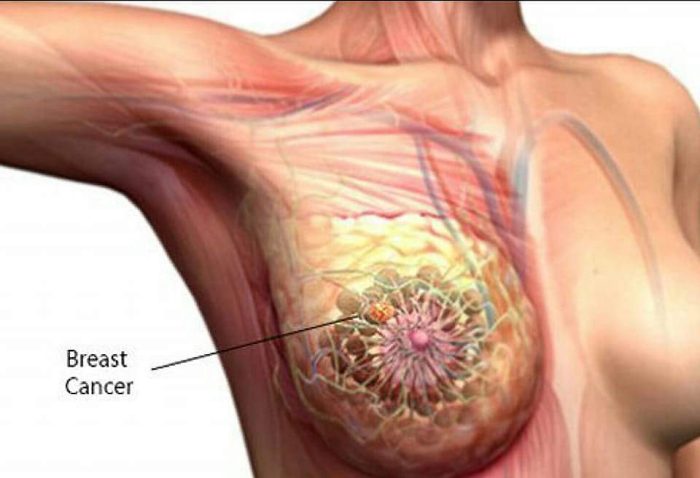Breast cancer is one of the most common types of cancer worldwide, affecting millions of women and even some men every year.
While awareness about mammary carcinoma has grown through campaigns and education, there are still many aspects of the disease that remain misunderstood.

Understanding these lesser-known facts about breast cancer can help people make informed decisions about prevention, treatment, and support for those affected.
From the role of genetics to the impact of lifestyle choices, these facts will shed light on the complexity of mammary carcinoma and emphasize the importance of early detection and proper care.
1. Breast Cancer Can Affect Men Too
Many people associate breast cancer with women, but men can develop the disease as well. In fact, about 1% of all breast cancer cases are found in men.
Though rare, male breast cancer often goes undiagnosed for longer periods because of the misconception that only women are at risk.
Symptoms in men can include a lump in the breast tissue, changes in the skin, or nipple discharge. While the survival rates are typically lower in men due to later diagnoses, early detection can greatly improve outcomes.
2. Not All Lumps in the Breast Are Cancerous
A common misconception about mammary carcinoma is that any lump in the breast automatically indicates cancer.
However, not all lumps are cancerous. Many lumps are benign, such as cysts or fibrocystic changes, which are non-cancerous growths.
Still, any lump should be evaluated by a doctor to rule out cancer and receive the appropriate diagnosis.
Regular self-exams and clinical screenings are essential for identifying abnormal changes in the breast tissue early on.
3. Genetics Plays a Role
While a family history of breast cancer can increase your risk, the majority of people diagnosed with breast cancer have no family history of the disease.
Only about 5–10% of breast cancer cases are linked to inherited gene mutations, such as BRCA1 and BRCA2.
These gene mutations can significantly increase the risk of developing breast cancer, but lifestyle factors like diet, exercise, alcohol consumption, and hormone replacement therapy also play a crucial role in overall risk.
Prevention and early detection are key, regardless of genetic factors.
4. Mammary Carcinoma Doesn’t Always Present Symptoms
Some cases of mammary carcinoma don’t show obvious symptoms, especially in the early stages. This is why regular screenings like mammograms are so important.
Mammograms can detect abnormal growths in the breast tissue even before any symptoms appear.
Many women who are diagnosed with breast cancer through screening don’t notice a lump or any changes in their breast tissue.
This is why early screening is recommended for women over 40 or those with a higher risk due to family history or genetic factors.
Also read: Actress Tope Osoba Undergoes Breast Cancer Surgery Seeks Support

